Nothing elicits more divisive responses than a global ranking of something deeply subjective and tainted with nationalist fervor. Perhaps nowhere was this seen more clearly recently than in the social media chatter around the ranking of global cuisines by TasteAtlas, a Croatia-based informational food website. Compiled via a poll of their users, here are the results:
Understandably, much of the attention has focused on where individual countries stand relative to each other, with Asian countries in particular ranked rather low on the list given their typically high standing in foodie circles.
I certainly agree with these criticisms, and the survey clearly has a strong western bias. Apart from that, though, the exercise of ranking world cuisines actually gets to the root of what I want to discuss in this post: how would you actually go about creating an objective list, not just of ‘my favorite foods’ (which is basically what this ranking comes down to), but of truly important global cuisines, free from the subjective personal and regional biases inherent in such a ranking?
For a start, I think it’s worth considering the design of the TasteAtlas poll, which groups cuisines according to country. This is an inherently flawed classification when it comes to food, I would argue, simply due to the diversity of foods found in most countries and their complex histories. US cuisine, for instance, is almost impossible to define unless you’re talking about something indigenous to the country, which would largely limit you to the highly processed ‘fast food’ of the mid-20th century.
I suspect most visitors would say that the best thing about dining in the US is getting to experience all of the foods from around the world that have come together to create the modern American dining experience, be they carnitas tacos at a food truck in Austin, New Orleans gumbo with roots in West Africa and France, or a pastrami on rye at a New York deli, with its origins in the Ashkenazi Jewish migration from Central and Eastern Europe.
It turns out, of course, that every cuisine has a similarly complex history of migration, mixing and innovation. Take Italian food, for example - the top-ranked cuisine in the TasteAtlas survey. What distinguishes this from, say, French and Greek cuisine - two nearby countries in the same general cultural region? Most people would cite pizza, pasta with a rich marinara sauce, or perhaps risotto if you prefer northern Italian food. What few might realize is how recently all of these dishes became Italian classics.
Pizza Margherita for instance, was promoted as part of a campaign to celebrate the newly created country of Italy in the latter half of the 19th century (remember that Garibaldi only united the previously disparate duchies and kingdoms that comprise modern Italy in 1861, and that at that time <10% of Italians spoke the Tuscan dialect that would become modern Italian). With its culinary tricolor of green basil, red tomato sauce and white mozzarella cheese, it was the perfect populist symbol for the new nation. Pasta, while it has been around in Italy for centuries (and possibly millennia - we’ll explore this in a future post), wasn’t served with a tomato sauce until at least the 18th century. Tomatoes arrived in Europe from their homeland in the Americas with the early European colonialists in the 15th century, and their first reference in an Italian text was in 1548 - but the pomodoro didn’t make its appearance in a sauce recipe until the end of the 18th century. And the rice in risotto? That didn’t become a part of the Italian diet until it was introduced to Sicily by Arab invaders in the 10th century, and wasn’t cultivated in northern Italy - the homeland of risotto - until the mid-18th century. The first risotto recipes don’t appear until the 19th century.
So what did Italians eat before all of these exotic ingredients arrived? Likely something much closer to traditional French cuisine. In fact, it was the Italian Catherine de’ Medici who introduced advanced cooking methods (what many would call ‘classical French’) to France when she married the future King Henry II of France in 1533, and insisted on bringing her Florentine chefs with her because the French still ate a comparatively bland, medieval-style diet at the time. It was Catherine’s chefs who introduced such ‘French’ classics as Béchamel sauce, crêpes, onion soup, and pâté de fois to France from their homeland in Florence.
This brings us to the question of what the pre-Renaissance Italian diet would have looked like. In effect, it was what would today be called ‘Mediterranean’ - though without the modern health-food baggage associated with that term. This would have included plant species native to the Mediterranean basin, including wheat, pulses like lentils and chickpeas, greens like lettuce and arugula, herbs like thyme and oregano, fish, yogurt, and red meat in moderation - as well as the critical cornerstones of olives and wine. Healthy and delicious ingredients, spread far and wide in the region by Phoenician, Greek and Roman colonists in the first millennium BCE. In a sense, the spread of Mediterranean staple foods signals the arrival of what we call classical civilization. From this shared culinary foundation, the modern diets of much of Europe, the Levant and North Africa developed over the subsequent 2,000 years.
Mediterranean cuisine in this sense is what I refer to as one of the world’s foundational cuisines - cuisines that have had such a significant effect on global culinary history that any discussion of the history of food would be woefully inadequate without including their vital contributions to many modern cuisines, such as those ranked in the TasteAtlas survey.
What does it take for a foundational cuisine to develop? Large numbers of indigenous edible species are necessary, of course, providing a variety of potential ingredients - if you don’t have access to something, it won’t feature in your cuisine. The Mediterranean was blessed with a large variety of edible plants and animals, and it’s no surprise that one of the world’s foundational cuisines developed there - rather than, say, northern Siberia. Note that this isn’t the same as Vavilov’s centers of diversity (which included the Andes and the Ethiopian highlands, for instance, and would now include New Guinea & Wallacea), but it is related. More on this in a later post.
The second requirement for a foundational cuisine to develop, I would suggest, is the existence of an imperial palace tradition. While everyone needs to eat, throughout most of history most people ate mostly the same thing, for centuries, with little innovation. To develop the culinary experimentation and richness necessary for the impact we see with foundational cuisines, at least in pre-YouTube days, it really took a dedicated center for culinary excellence. As with Catherine’s retinue of chefs moving to France, these were typically only found in imperial palace settings.
Finally, and related to the second requirement, trade networks are a necessity to maintain adequate supplies of ingredients. The Romans, for instance, grew grain throughout the Mediterranean, and Egypt was famously known as ‘the breadbasket of the empire’ because of its grain production. They also traded with Arabs who controlled the spice routes to the east, and as a result they had access to exotic ingredients such as black pepper (native to the Malabar Coast of southern India).
What are the other candidates for foundational cuisines? I would argue there are three others: China, India and Mesoamerica. The variety of ‘Chinese’ food is so great that it’s somewhat silly to lump all of the varieties of Chinese cuisine under a single header, be they the Eight Great Traditions or a longer list that includes Mongol, Gansu, Uyghur, and other minority cuisines widely eaten in parts of the country. Similarly, Indian food is far more diverse than the chicken tikka masala you might enjoy from your local curry joint (actually invented by a Pakistani living in Glasgow) or the Punjabi dishes that tend to dominate most western Indian menus. Finally, I would argue that Mesoamerica - which gave the world staples such as chilis, maize, tomatoes, avocados, chocolate, vanilla and turkey - rightfully belongs on this short list, not only for the spectacular culinary ingredients it has provided to the world, but because (particularly in its TexMex incarnation) it’s one of the go-to comfort cuisines for hundreds of millions of people.
All of these are Vavilov centers, all had widespread trade networks to assure a steady supply of ingredients, all had ancient imperial traditions with the resources to experiment with them, and all have contributed foods in places far from their home countries. Southeast Asian food, for instance, simply cannot be understood without its powerful Indian and Chinese influences - generously supplemented with the recent arrival of chilies from Mesoamerica - even if the individual cuisines eaten here use their own indigenous ingredients in many dishes. Teasing apart how this sort of dynamic has played out around the world will be the subject of many posts to come.
This brings us back to the original focus of this post: a less biased ranking of global cuisines, by ‘importance’, if you will. In terms of impact, I would argue that the top four should indisputably be these foundational cuisines: Mediterranean, Mesoamerican, Indian and Chinese, in whatever order you personally favor. Their modern descendants - mixed, matched and modified locally - are eaten by the vast majority of people around the world today, from the United States to Spain to Turkey to Thailand. Their history and spread is, in many ways, the culinary history of the world.

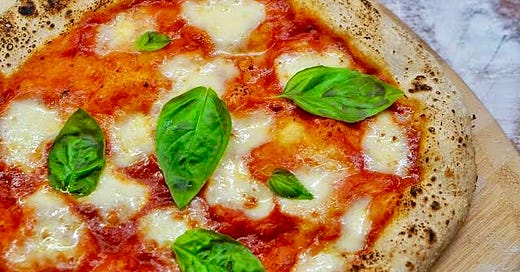


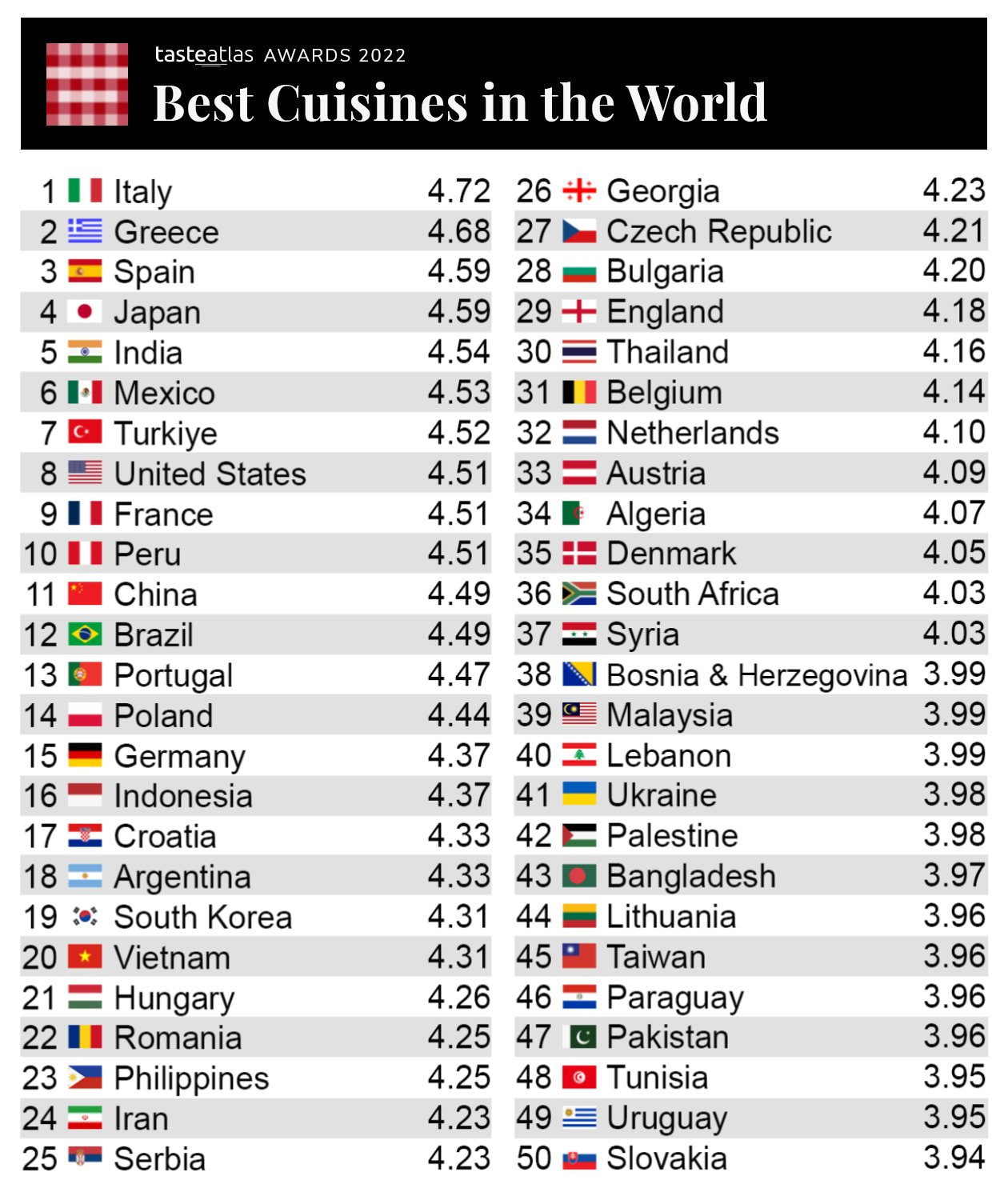
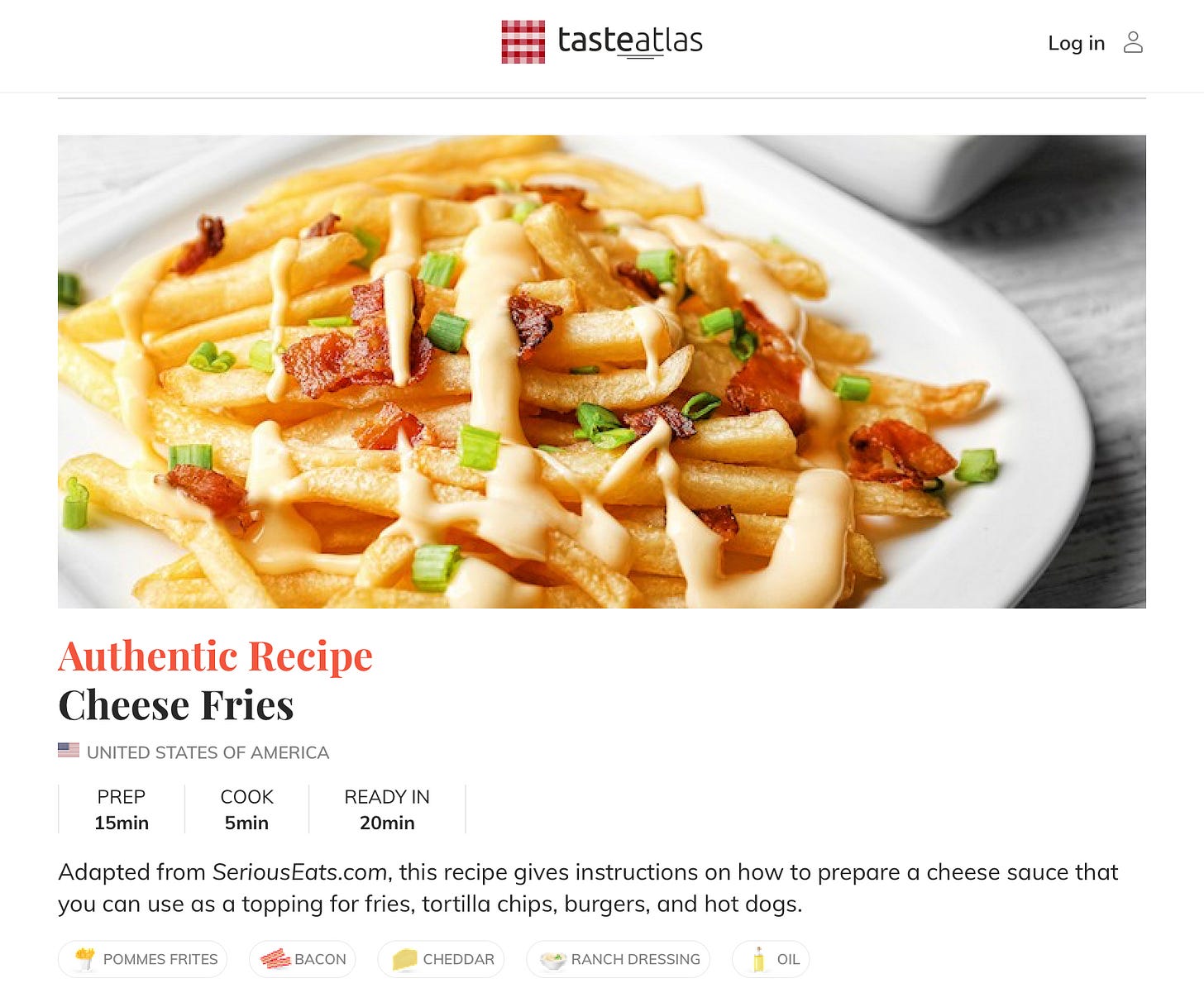
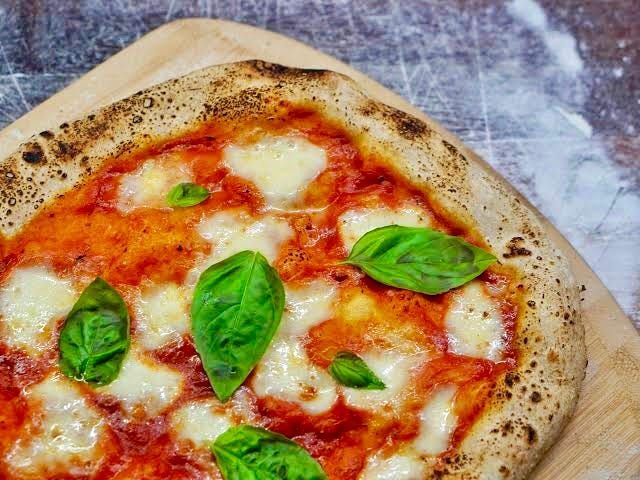
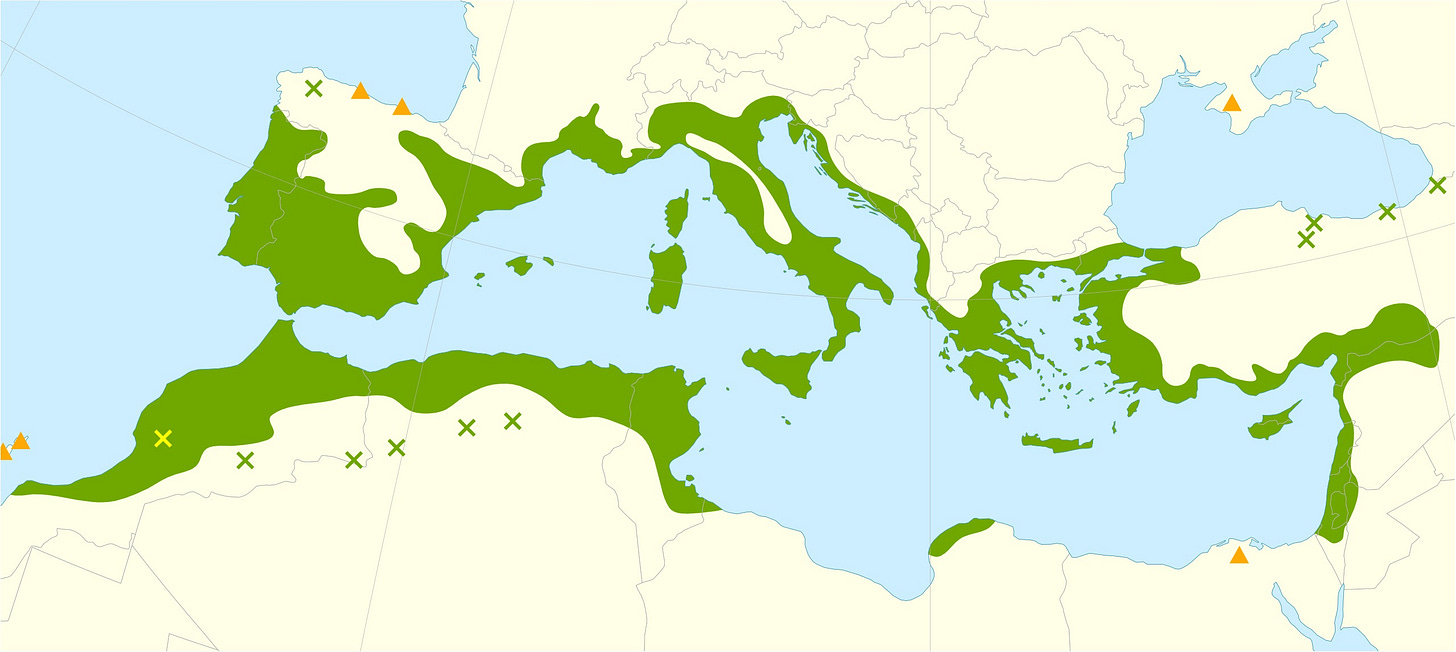
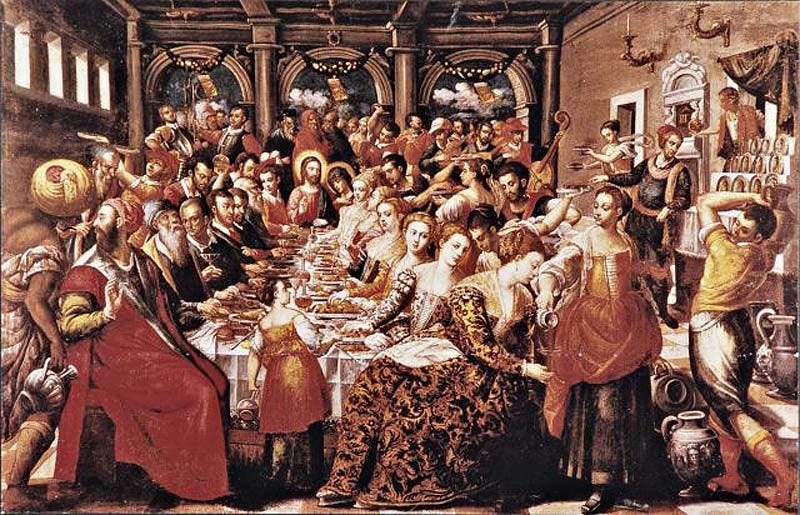
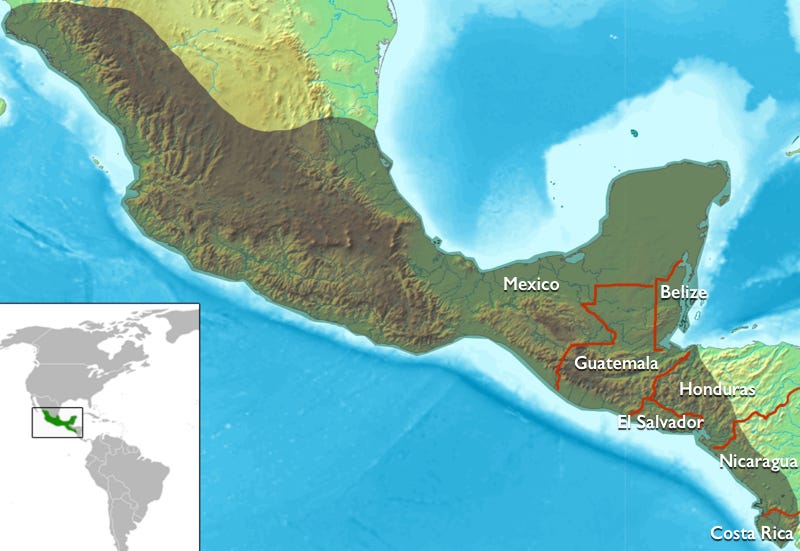
You're quite right that imperial palace traditions were necessary for cuisines to innovate and develop into their respective "haute" variants. Indian and Chinese cuisines owe much of their distinct flavours to ingredients originally from Mesoamerica, so your ranking makes perfect sense to me.
Love it!